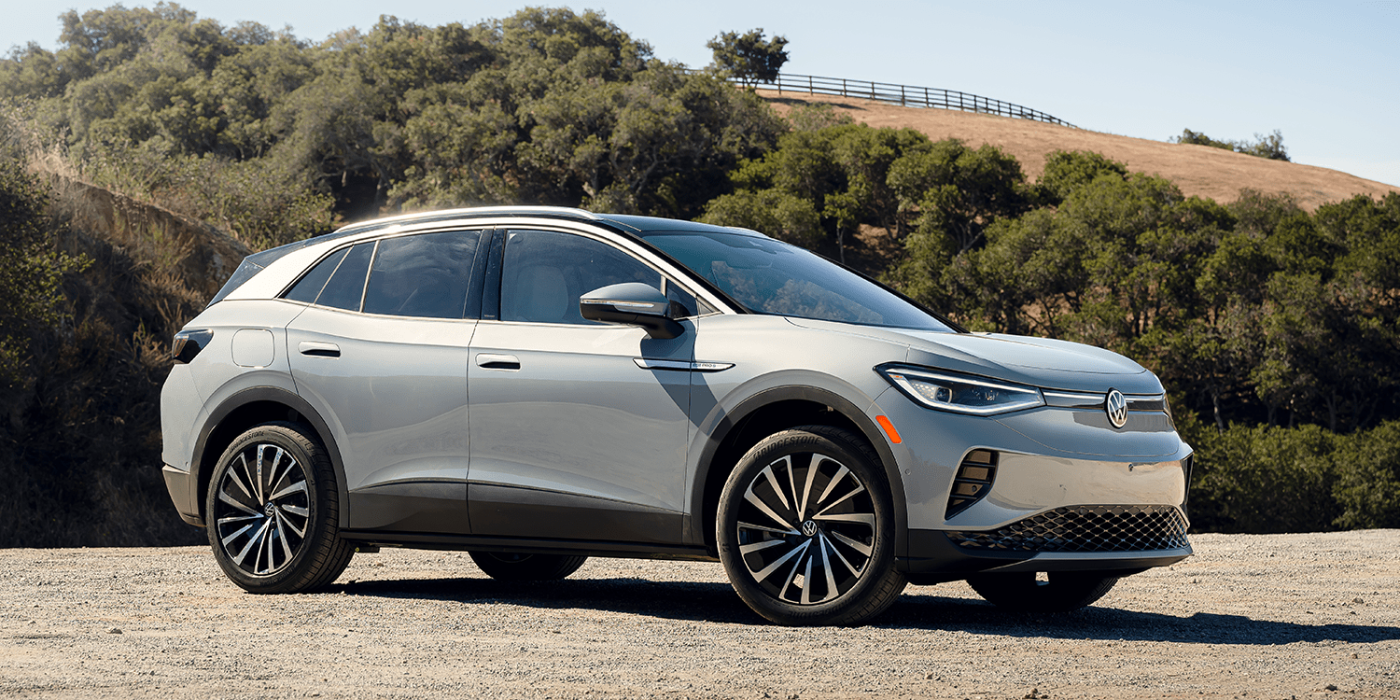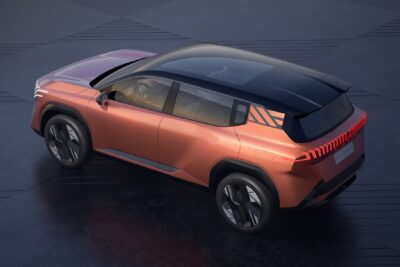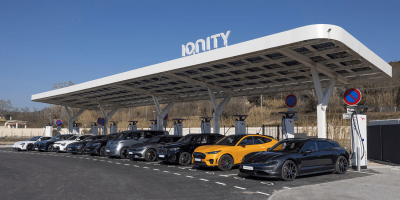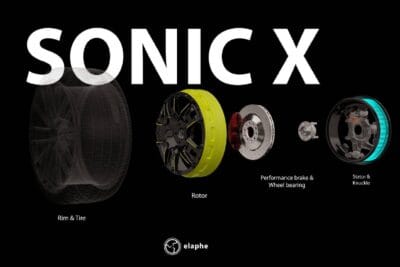USA updates eligible model list for Inflation Reduction Act
The US Treasury Department has updated the list of eligible electric car models. The background is the new rules published a fortnight ago that electric cars in the US have to meet in order to qualify for the tax incentives of up to 7,500 USD under the Inflation Reduction Act.
++ This article has been updated. Kindly continue reading below. ++
These new rules apply to registrations on or after 18 April. Electric and plug-in hybrid models from Volkswagen, BMW, Nissan, Rivian, Hyundai and Volvo Cars will therefore be completely excluded from the incentives with immediate effect. As things stand, only BEV and PHEV models from Cadillac, Chevrolet, Chrysler, Ford, Jeep, Lincoln and Tesla are eligible for the tax credits. At Tesla, with the exception of the Model 3 Standard Range Rear Wheel Drive ($3,750), all other variants of the Model 3 and Model Y qualify for the full $7,500 tax credit.
The rules make battery material sourcing a basic criterion for eligibility and are thus intended to make the United States less dependent on China for electric car supply chains. They are part of US President Joe Biden’s efforts to shift half of US new car sales to electric cars or PHEVs by 2030.
Currently, to qualify for one half of the tax credit ($3,750), 40 per cent of the battery’s critical minerals must be extracted, processed or recovered in the US or in a country with which the US has a free trade agreement. This level will gradually increase to 80 per cent by 2027 – specifically by ten percentage points each year, so by 2024 50 per cent will already apply. However, the broad outlines of this were already known.
What has been affected in the Notice of Proposed Rulemaking (NPRM) published a fortnight ago are the regulations on how this percentage value is to be determined. A three-step process is planned: in the first step, the supply chains are determined, then the “qualifying critical minerals are identified” and finally the content of these minerals is calculated.
Additionally, the NPRM also made suggestions as to which states will be accepted as source countries, since the term ‘free trade agreement’ is not actually defined in law. The list includes Australia, Canada, Mexico and lithium-rich states such as Chile or Bolivia. However, Indonesia is a major nickel exporter and European countries are not yet included. At least in the case of Europe, negotiations are still ongoing. The outcome of these talks will thus have an enormous impact on the eligibility of electric cars whose battery materials have been processed in Europe. Japan is already on the list after concluding such an agreement.
For the other part of the tax credit, at least 50 per cent of the vehicle’s battery components must be manufactured or assembled in North America in 2023. This percentage rises successively to 100 per cent by 2029 – again by ten percentage points per year, although 60 per cent is stipulated as an exception for 2024 and 2025. From 2027, the rate will then increase by a constant ten percentage points per year. In general, electric vehicles are only eligible for up to a sales price of 55,000 US dollars (passenger cars) or 80,000 US dollars (SUVs, pickup trucks and vans).
The NPRM proposes a four-step process in this case: identifying battery components that are manufactured or assembled in North America, determining the incremental value of each battery component, including North American battery components, 3) determining the total incremental value of the battery components, and 4) calculating the share by dividing the results of steps 2 and 3.
The news is welcome to international automotive manufacturers, as Reuters notes in their report. Hyundai Motor wrote in a statement that it remains committed to its long-term EV plans and that it “will use key provisions of the Inflation Reduction Act to accelerate the transition to electrification.” VW expressed that it was “quite optimistic” that the ID.4 SUV would qualify for the tax credit – adding, “We are awaiting the proper documentation from a supplier to determine its eligibility for the credit.” Nissan Motor commented that it is working closely with its suppliers and hopes that “the Leaf will qualify for at least a portion of the tax credit in the future.”
Volvo Cars indicated it would review the recently released EPA regulations and support the Biden administration’s push for lower tailpipe emissions, saying the best way to achieve this would be “aligned regulations (or a national programme).” Rivian and BMW declined to comment to Reuters, and Tesla did not respond to a request for comment.
Since the reform of the US tax credit for electric cars in the wake of the Inflation Reduction Act already went into effect at the turn of the year, the final regulations were originally still expected in 2022. Shortly before Christmas, however, it became known that the criteria around the origin of the battery would not be published until March.
Update 05 June 2023
All new Tesla Model 3 vehicles in the US now qualify for the full $7,500 EV tax credit. Tesla confirms that buyers of its cheapest Model 3 now have access to the full $7,500 federal tax credit for electric vehicles instead of the previous $3,750. This changed as Tesla started sourcing batteries in the USA, which had previously come from China to save production costs.
BREAKING: @Tesla says ALL new Model 3 vehicles in the US now qualify for the full $7,500 EV tax credit, meaning the Model 3 now starts at $32,740 (with incentives). In some states, you can get it for under $30k.
Before, the RWD and Long Range versions only qualified for $3,750. pic.twitter.com/6K3aW60vse
— Sawyer Merritt (@SawyerMerritt) June 2, 2023
In order to qualify for the total subsidy amount, buyers must have an adjusted gross income of less than $300,000 for married couples filing jointly, $225,000 for heads of households, or $150,000 for all other filers.
reuters.com, carscoops.com, fueleconomy.gov, electrek.co, tesla.com (both update)





0 Comments